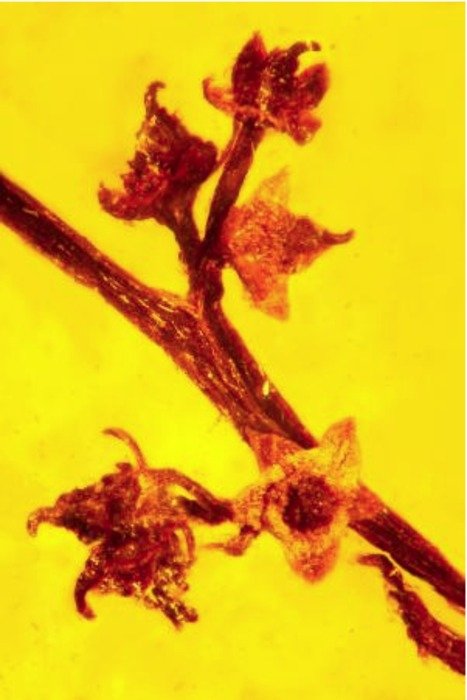CORVALLIS, Ore., Jan. 3 (UPI) -- A plant preserved in 100 million-year-old amber has revealed the oldest evidence of sexual reproduction in a flowering plant, U.S. and European researchers say.
Encased within the piece of amber is a cluster of 18 tiny flowers from the Cretaceous Period, with one of them in the process of making some new seeds for the next generation, they said.















